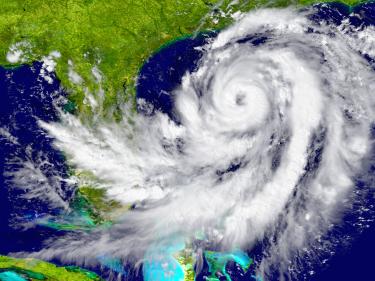Wells Shares Coastal Resilience Insights in Civil Engineering Magazine
Craig Wells, our Florida region client services leader, says protecting coastal infrastructure requires understanding your utility’s climate risks — and taking action.

“I’ve never seen a situation, in doing this for close to a decade now, that the do-nothing approach is a good approach,” Craig says in Civil Engineering magazine’s November/December 2022 issue.
Craig spoke with reporter Jay Landers for the article “Water in a warming world,” an extended look at how civil engineers are helping develop solutions in the face of climate change to protect water supplies, reduce flood risks and guard against sea level rise.
Civil Engineering is published by the American Society of Civil Engineers.
Craig has performed resilience evaluations for multiple water and wastewater facilities in Florida. In the article, he discusses the importance of conducting vulnerability assessments, examining available options, weighing social and economic costs of a long-term service interruption then pursuing resilience improvements.
Here’s an excerpt:
Wells goes further, offering advice that applies not only to protecting coastal infrastructure, but that can also be applied to other efforts to prepare for the effects of climate change, be it in the form of drought, floods, or sea level rise: “Don’t stick your head in the sand,” he says. “Understand what’s going on. Understand what’s likely to happen to you, and then you can act. If you wait until it does happen, it’s way too late.”
Read the full article: “Water in a warming world”





